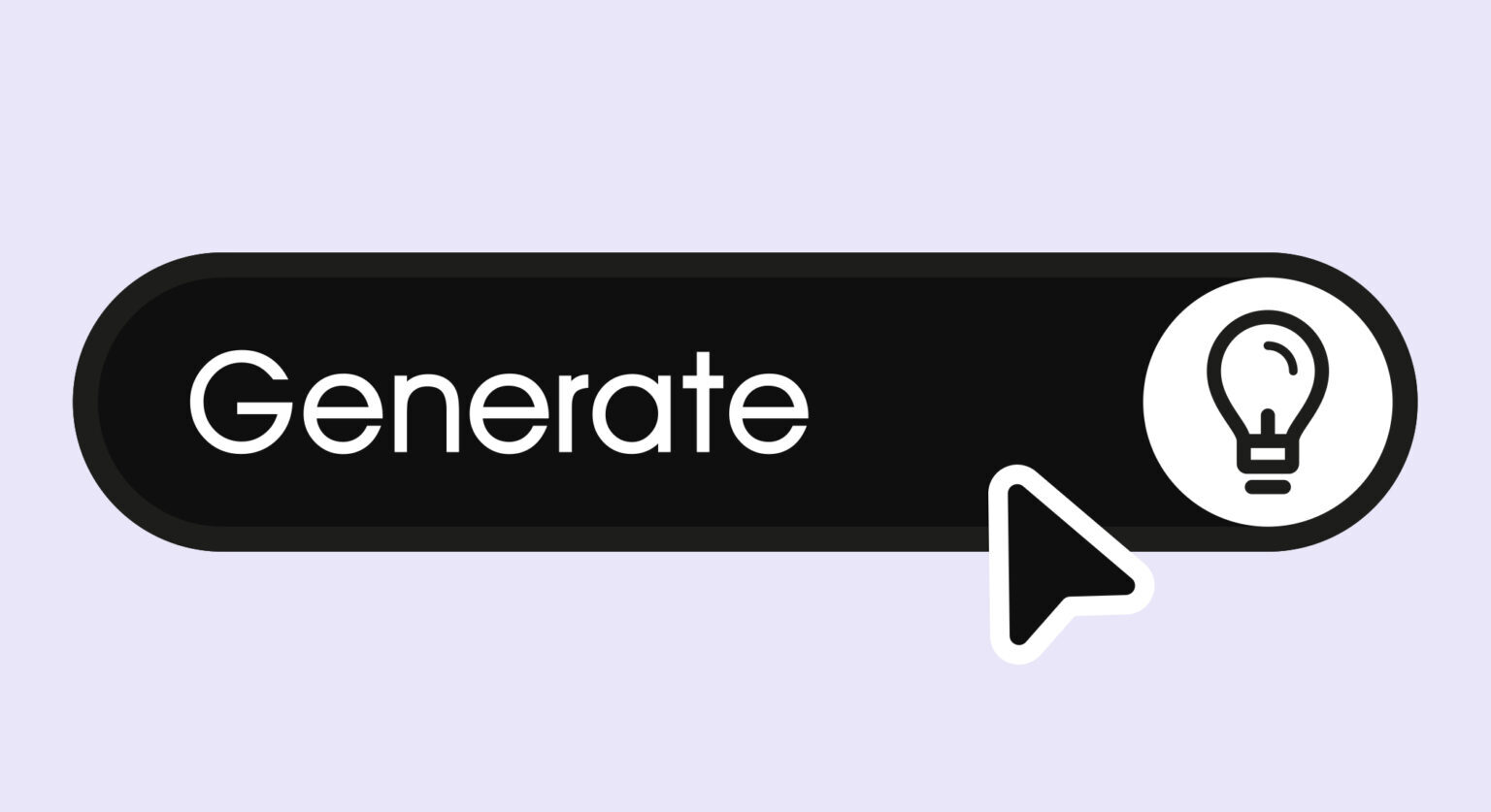Mastering the art of the AI prompt
Prompting AI to produce valuable insights is a necessary skill for all firms at a time of transformation for the profession and new opportunities in a fast-changing market, writes Mary Cloonan

It is common to hear managing partners say that artificial intelligence (AI) is advancing so rapidly that investing in training hardly seems worthwhile.
The instinct for some is to wait until the market settles but this approach carries risk. A better option might be to focus now on the one critical skill that makes AI useful—prompting.
Prompting is a professional skill
Prompting is often misunderstood. People type a line or two into their AI chatbot and wonder why the output feels flat, artificial—or worse, embarrassing. This is not a failure of the technology; it is a briefing failure.
In professional services, we are already aware of the value of a precise brief. Prompting is no different.
Done well, a prompt can save hours of work and raise the quality of your firm’s output. It becomes less about generating words and more about shaping something a partner can quickly refine.
The firms learning this now are already well ahead of those who have chosen to wait.
Poor prompt vs strong prompt
The contrast between a poor and a strong prompt is easy to see. For example:
Poor prompt: “Write a blog on tax changes for SMEs.”
Stronger prompt: “You are a senior marketing writer for a mid-sized accountancy firm. Create a 700-word draft for SME owners on three tax changes that affect cash flow this year. The audience is time-poor and risk-averse. The tone is clear, human and steady. Use British English and short paragraphs. Include one simple numeric example. End with a checklist of questions for their adviser. Do not invent facts. If unsure, flag as a question.”
One of these prompts produces a generic draft. The other produces an early draft partner can refine and then actually use.
But the “stronger prompt”, above, does not even provide the whole picture. A truly strong prompt would provide more detail about the firm, its style and priorities.
This level of depth is what makes the difference between output that is merely acceptable and output that is genuinely professional.
Where prompting adds value
The real power of effective AI prompting lies in the “everyday life” of the firm. Consider the following examples:
- Proposals and pitches: Well-framed prompts produce clear first drafts that reflect tone, audience and positioning. Partners spend less time drafting and more time refining the message that matters.
- Client feedback: Surveys and verbatim comments are hard to process at scale. Prompts requesting themes, risks and practical actions give leadership a sharper view in minutes.
- Recruitment and brand: Role descriptions and employer content written with context-rich prompts sound like the firm, not like a machine. This supports credibility in a competitive talent market.
Leadership still matters
Prompting cannot be left entirely to chance: leadership has a role to play.
Partners need to decide where first use will be allowed, what results will be measured, who will sponsor the effort and when to review progress. These decisions create confidence and control.
Using AI and learning how to prompt does not mean overhauling everything. As a starting point, pick one workflow, such as proposals or client feedback summaries. Write one shared prompt. Test it on two live projects this month. Capture what you learn and refine the prompt together.
The five-minute partner check
Before signing off on any AI-supported draft, partners can apply a simple check. They must ask:
- Does this sound like us?
- Is anything generic or obvious?
- Are there any claims that need support?
- Would I send this to my best client?
- What one sentence would make this sharper?
Final reflection
Prompting may not be glamorous, and it doesn’t grab headlines, but it is the foundation for understanding a firm’s ethos and voice.
Tools will come and go, but being able to think through a prompt or brief—whether using AI or not—will remain. Those firms that take the time to learn the art of effective prompting today will be best placed to move with confidence tomorrow.
Mary Cloonan is the Founder of Marketing Clever